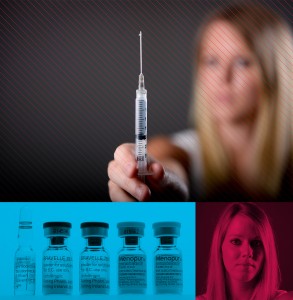By Justine Griffin, Tampa Bay Times. For Floridian Magazine, June 29, 2016.

Travelers stream from the covered asphalt lots to the main terminal, fussing with their luggage and monitoring check-in times on their iPhones, hardly noticing the two men.
The pair of millennials don’t seem to have a destination.
The taller one wears a crisp Chicago Bulls ball cap and a grey hoodie over his cargo shorts. The shorter one has on his usual worn blue Tampa Bay Lightning T-shirt with Steve Stamkos’ name and number on the back, a cheap pair of plastic sunglasses jutting out from the pocket of his dark shorts, and everyday Chuck Taylors on his feet.
They’re racing around Tampa International Airport, bouncing from the long-term to the short-term to the economy parking garages in between the two major runways, conscious of the security personnel who occasionally pass through the rows of cars.
The shorter one, Adam Juriga, squints at the Flight Radar app on his phone, looking at the flights headed inbound in the next hour. He and Wes Bencon Rodriguez dart back and forth from the east to the west ends of the rooftop deck, watching the planes taxi at the main terminal and keeping an eye on the time.
Eventually the men reach into their cars and take out bulky Nikon 3200 DSLR cameras with long lenses.
Adam checks the weather again. He’s checked it every day for the past week. It will be sunny and clear for the next eight hours. Perfect for photographing airplanes.
“Don’t waste your battery on Southwest,” Adam says over the dull drone of faraway jet engines.
Southwest Airlines is Tampa’s largest domestic carrier, so dozens of Southwest planes stream in and out all day. They all look the same. Adam leans over the concrete wall, seven stories up, waiting for a more interesting flight to appear on his iPhone screen.
Wes keeps snapping photos anyway. He’s found something near the hangars in the distance, not on the runway.
Silently, they each hope they’ll have the better shot and the rare-enough plane that will impress judges and bring international recognition.
The only obstacle in their way is each other.
✈ Read more in the Tampa Bay Times here.


